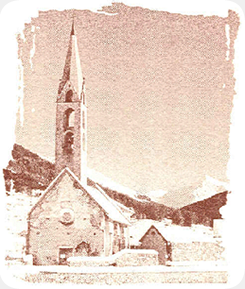Speaker
Description
Since a first prototype in 2009 the $\mu$-Resistive WELL ($\mu$-RWELL) technology has been object of an interesting evolution that required huge efforts to achieve the final goal: a detector matching the time and space resolution of all the other MPGDs, simple to assembly and at the same time exhibiting a good robustness against discharges. This goal has been achieved thanks to the introduction of a resistive layer, made of Diamond-Like Carbon, below the amplification stage which geometry is inherited by the GEM technology. The resistive layer limits the rate capability of the detector, as it is subjected to local charging-up: it is then necessary to implement an effective charge evacuation scheme to level up the rate capability of this detector to the one of the classic MPGDs.
A particular effort has been then dedicated on how to model the grounding network of the resistive stage to made the detector suitable for high-rate purposes, winking at HL-LHC experiments.
The overview proposed is a ride through time, layout by layout: each validated by X-rays and m.i.p. irradiation, with an eye on the applications of both low-rate- and high-rate-oriented detectors. Indeed this technology is finding room in several experiments even beyond HEP (X17, CLAS12, TACTIC, uRANIA-V); while, inside the high energy physics community, the technology has been proposed for IDEA apparatus at FCC_ee and for the Run 5-6 upgrade of the muon stations of LHCb where the expected peak rate is of the order of 1 MHz/cm$^2$. Another innovative project is ongoing inside the HEP field: a hadron imaging calorimeter at high granularity for the muon collider apparatus, where the absorbers are interleaved by MicroMegas and $\mu$-RWELL.
This R\&D finds its completeness with a Technological Transfer, started by LNF-DDG team, with ELTOS S.p.A: a company leader in PCB production; this factory of the $\mu$-RWELL core, later shipped to CERN for the final chemical treatment. Thanks to this collaboration we expect to significantly reduce the cost of each detector, in view of a mass production foreseen to cover several square meters in huge experiments.
| Topic | Detectors and new facilities |
|---|

